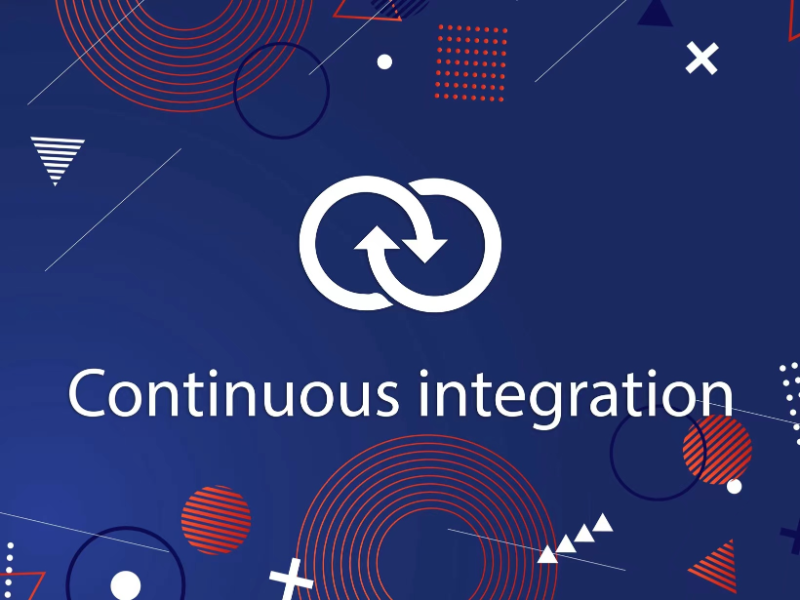- In the world of software development, Continuous Integration (CI) is a crucial practice that involves regularly merging code changes into a shared repository.
- Automated CI systems are becoming increasingly important in ensuring efficient, reliable, and scalable workflows.
In software development, Continuous Integration (CI) is crucial for maintaining code quality and accelerating release cycles. Automated systems for CI streamline the integration and testing of code, making it easier for teams to collaborate and deliver reliable software. This article will explore automated CI system’s features and introduce some popular CI tools.
Also read: What is disaster recovery and how does it work?
What is automated CI systems
Automated CI systems are software tools that facilitate the frequent merging of code changes from multiple contributors. These systems automatically build and test each change to ensure that new code does not break the existing codebase. They are an essential component of modern development workflows, particularly in agile and DevOps environments, where speed and efficiency are critical.
Automated CI tools
Several tools are widely used in the industry to automate CI processes. Jenkins is one of the most popular open-source CI tools. It offers a wide range of plugins that support various programming languages and integration with other tools, making it highly adaptable to different development environments.
Travis CI is known for its ease of use and seamless integration with GitHub. It provides a straightforward setup for open-source projects and is particularly popular among smaller teams and individual developers.
Also read: Boot-optimised storage solutions: Enhancing system performance
GitLab CI/CD, as part of the GitLab suite, is tightly integrated with the GitLab repository management platform. It offers powerful features for continuous integration and continuous deployment (CI/CD), making it a comprehensive solution for DevOps practices.
CircleCI is another widely used tool that emphasises speed and performance. It supports parallel test execution, which can significantly reduce build times, and offers robust support for Docker and other container technologies.
Key features of CI tools
1. Automated builds and tests: One of the core functions of CI tools is to automate the build process. Every time code is committed to the repository, the CI system compiles the code and runs a series of automated tests. This process helps identify errors and bugs early in the development cycle, reducing the risk of problematic code reaching production.
2. Integration with version control systems: CI tools are typically integrated with version control systems (VCS) like Git. This integration allows the CI system to monitor the repository for new commits and automatically initiate the build and test process. This seamless integration ensures that all changes are tested and reviewed promptly.
3. Continuous feedback and reporting: A significant benefit of using CI tools is the continuous feedback they provide to developers. When a build or test fails, the system immediately notifies the team, allowing them to address issues quickly. This feedback loop is crucial for maintaining code quality and preventing small issues from escalating.
4. Scalability and performance: Modern CI systems are designed to handle the complexities of large-scale projects. They can manage multiple concurrent builds, distribute workloads across different servers, and optimise resource usage. This scalability ensures that even large teams can maintain efficient development workflows.
Automated CI systems can speed up the development process by allowing teams to detect and fix issues early. Moreover, using the systems will minimise the risks associated with deploying new code, helping prevent issues that could lead to downtime or other operational disruptions.

